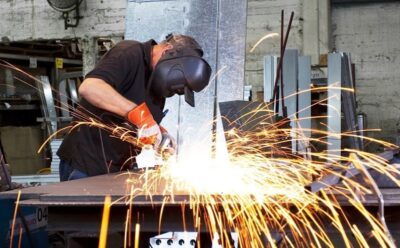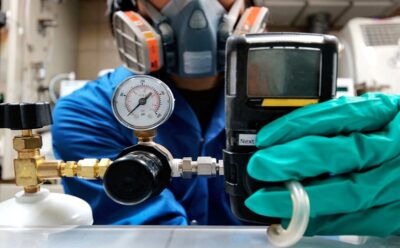
Marine Safety: Understanding the Hazards
Understanding Maritime Safety Hazards What is Welding Safety? Welding is a vital industrial process used in various sectors, from construction
Industrial fire safety encompasses practices and protocols designed to prevent, detect, and respond to fires within industrial settings. It includes implementing proactive measures such as fire risk assessments, installing fire suppression systems, and adhering to safety regulations and building codes.
Given the presence of flammable materials, machinery, and high-heat processes, especially in manufacturing environments, effective industrial fire safety is essential for protecting assets, maintaining operational continuity, and ensuring the safety and well-being of workers and surrounding communities.
In this blog, we will delve into the causes of industrial fires and the key measures to ensure fire safety.
Fires pose a significant threat, making prevention essential for protecting lives, preventing injuries, and safeguarding property. Fire safety is a major concern for industrial facilities due to the high likelihood of fires and explosions, which can be caused by a variety of factors, including:
Industrial fire safety is heavily regulated to ensure the highest level of protection for workers and property. Fire safety regulations and guidelines vary per country, and some of the most common ones include:
Preventing fires and explosions should be a top priority for industrial facilities. Here are some essential steps that can help prevent these incidents from occuring:
With over 15 years of relentless commitment to excellence, NICO Marine has established itself as a reliable supplier of quality products to the marine and offshore oil & gas industries. Our HSE professionals will be happy to understand your workplace needs and assist you in making the right decision.
Contact us for a free consultation.

Understanding Maritime Safety Hazards What is Welding Safety? Welding is a vital industrial process used in various sectors, from construction

Importance of HSE Management System What is Welding Safety? Welding is a vital industrial process used in various sectors, from

Welding Safety & Welding Hazards What is Welding Safety? Welding is a vital industrial process used in various sectors, from

What is Oil & Gas Safety? Oil & Gas Safety: Top Hazards and Solutions The Oil & Gas industry is

Join our email list to receive product updates, clearance offers, industry insights and more
Join our email list to receive product updates, clearance offers, industry insights and more
504 Dattani Business Park
Vasai West, Palghar
Mumbai 401202
© 2024 NICO Maritime Safety. All Rights Reserved